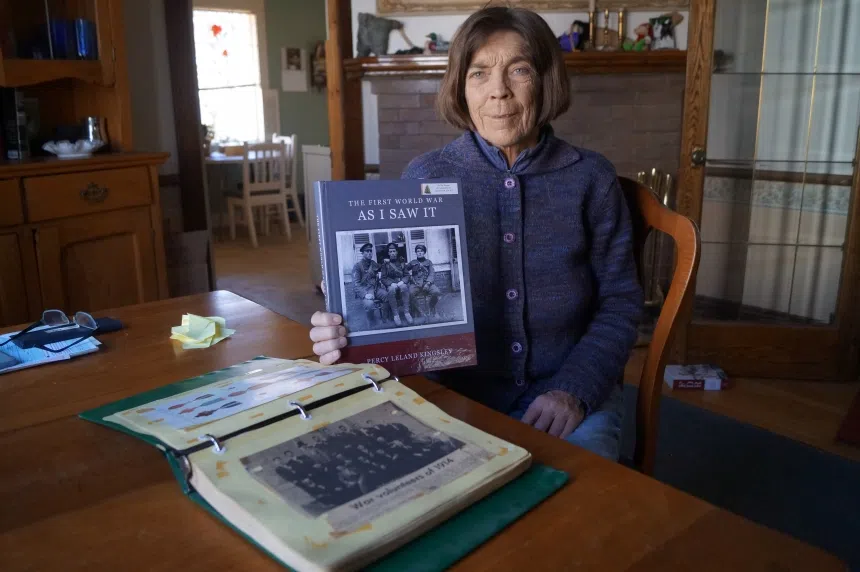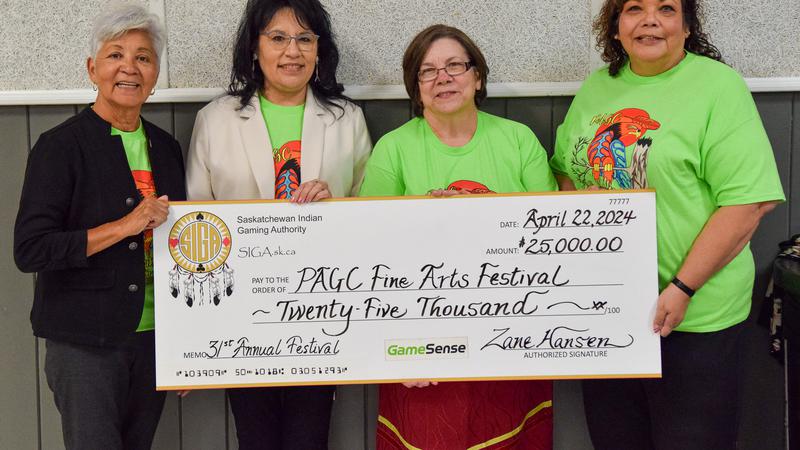
Woman reflects century after grandfather fought at Vimy
A defining chapter of Canadian history began 100 years ago Sunday: the battle of Vimy Ridge.
Percy Leland Kingsley’s journey through the First World War began in 1914.
He was a young man in his late 20’s, riding freight trains across the Canada and the US, looking for work in a tough economy.
When war broke out overseas, he was one of the first to volunteer. It didn’t take long before he found himself on the front lines.


